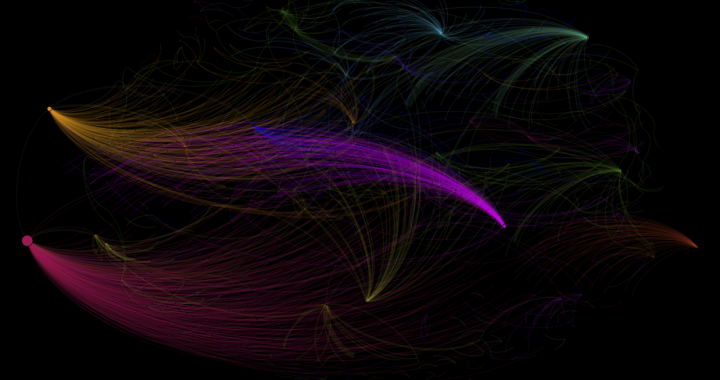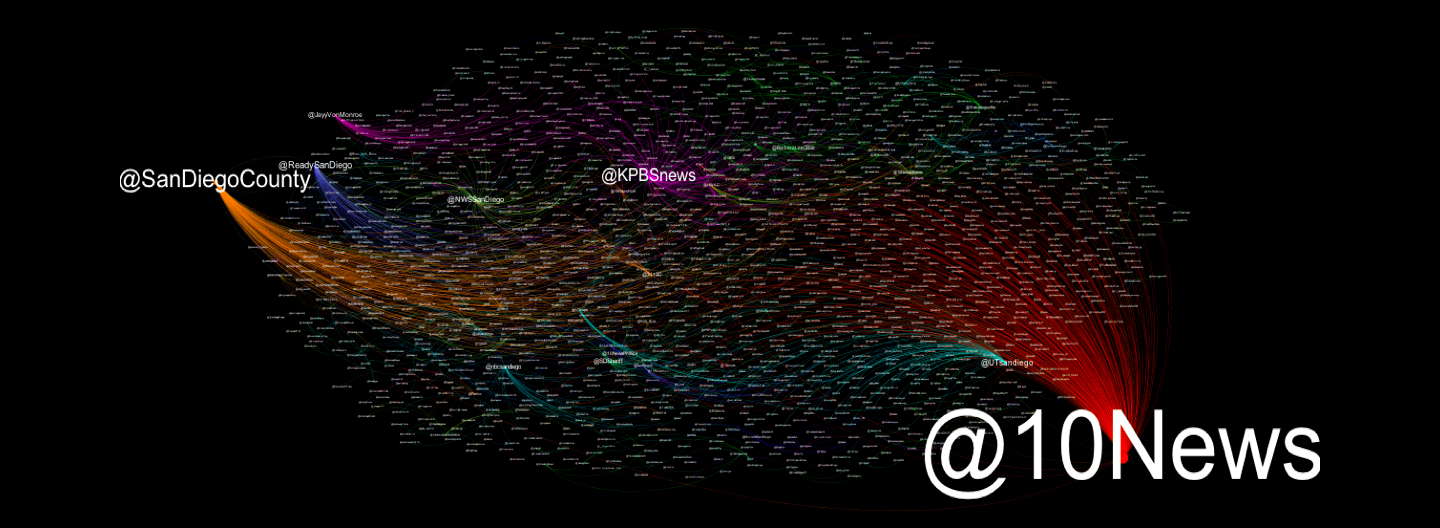Pre-conference Workshop (March 12) at International Conference on Location-based Social Media Data
March 13-14, 2015, Athens, Georgia, USA
http://research.franklin.uga.edu/iclsm/content/pre-conference-workshops
New insight into the dynamics of social systems can not only help to verify the existing social behavioral theories but also contribute to problem solving in the range of areas vital for the current mobile and data-rich age. Growing evidence has witnessed the interconnected spatial patterns and relationships between cyberspace and our real world. A large number of socioeconomic and human behavior datasets can be easily collected using mobile technology and social media platforms. Coupling spatial and behavioral science research can provide effective and efficient ways to visualize and analyze these big data collected for social behavioral research. A Pre-conference Workshop (March 12) around the theme of Spatiotemporal Modeling and Analytic Tools for Geo-targeted Social Media Data will be organized at International Conference on Location-based Social Media Data (March 13-14, 2015, Athens, Georgia, USA).
This workshop will focus on the introduction of several research tools for spatiotemporal modeling and analytics of geo-targeted social media data, such as information diffusion modeling over time and space, the connection between online activities and real world human behaviors, and new knowledge discovery tools or machine learning functions. This workshop is one of the outreach activities for the NSF-IBSS (Interdisciplinary Behavioral and Social Science Research) project, entitled “IBSS: Spatiotemporal Modeling of Human Dynamics across Social Media and Social Networks” (2014-2018, Award # 1416509).
This workshop plans to focus on the development of methods on this collaborative, interdisciplinary frontier. Sample topics include:
- Interactions between Activities in Physical and Virtual Spaces
- Social Network Analysis
- Social Media Analytics
- Space-time Data Models for Studying Human Dynamics
- Spatial Agent-Based Models of Human-Environment Interactions
- Uncovering Human Dynamics Hidden in Different Kinds of Tracking Data
- Visualization and Computation of Big Event Data
- Digital Divide and Sampling Issue in Human Dynamics Research
- Spatiotemporal Diffusion of Innovation and Ideas
Email Xinyue Ye (xye5@kent.edu) or Ming-Hsiang Tsou (mtsou@mail.sdsu.edu) the paper or abstract to be included in our workshop. Following the peer-review process, highest quality research papers will be considered for publication in a special issue and possibly an edited book.
Important Dates
- Dec. 20, 2014: Full papers due
- Jan. 15, 2015: Extended abstracts due
- Jan. 30, 2015: Notification of paper acceptance
- Mar. 12, 2015: Workshop
- Mar. 13-14, 2015: Conference
Organizers
Xinyue Ye (xye5@kent.edu)
- Computational Social Science Lab
- & Department of Geography,
- Kent State University
Ming-Hsiang Tsou (mtsou@mail.sdsu.edu)
- Center for Human Dynamics in the Mobile Age
- & Department of Geography,
- San Diego State University




